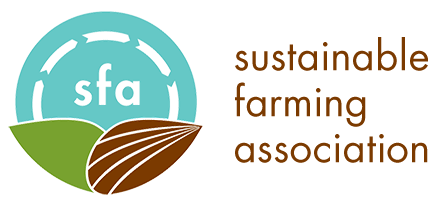Beyond Your Backyard: A historic day on the prairie
 I know I promised to uncover the amazing underground world of prairie soils for this next one, but I can’t help but share a historic moment from the prairie!
I know I promised to uncover the amazing underground world of prairie soils for this next one, but I can’t help but share a historic moment from the prairie!
In June, Federally threatened, Dakota skippers, a rare prairie butterfly were released back onto the Minnesota prairie as part of a huge partnership effort to make sure we don’t lose any of these vital prairie pieces that help keep the prairie whole and resilient so it can function at its best.
What’s a skipper anyway? No, it’s not Barbie’s flat footed sister who can’t wear any of the cool shoes—it’s an adorable big-eyed butterfly. There are lots of different kinds of prairie skippers and they get their name because they appear to skip through the prairie as they dash from flower to flower like miniature fighter jets. Dakota skippers were once common on the prairie landscape, but now only occur in a single small native prairie in northern Minnesota. Their decline and ultimate loss from much of the Minnesota prairie is likely due to a combination of things including habitat loss, pesticides, and climate change.
This year is a unique year because it’s suspected that prairie management will play a critical role in recovering skippers. Balancing grazing and fire on site will be a challenge because the skipper and the prairie need these disturbances to persist, but they also have the potential to destroy the skipper—a delicate balance indeed.
Scientists from the grazing community, invertebrate ecologists, ecologists, biologist and land managers have been working together to help decipher this prairie puzzler. The hope is to learn as much as possible about the skipper’s decline, their specific needs, and general biology to ensure that these dainty skippers that use narrow-leaved purple coneflower as landing pads, air strips, and display perches are forever flying on the Minnesota prairie—making the whole stronger because of their presence.
Have you thanked a prairie lately for that fresh air you’re breathing, clean water it’s filtering, and carbon it’s storing to mitigate climate change? It’s not too late to discover the prairie and all of its fascinating pieces that work together to make the whole.
More on the Dakota Skipper:
https://www.fws.gov/midwest/endangered/insects/dask/index.html


